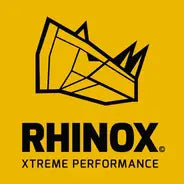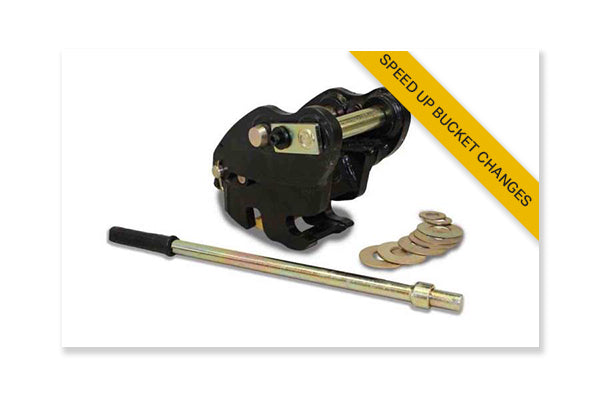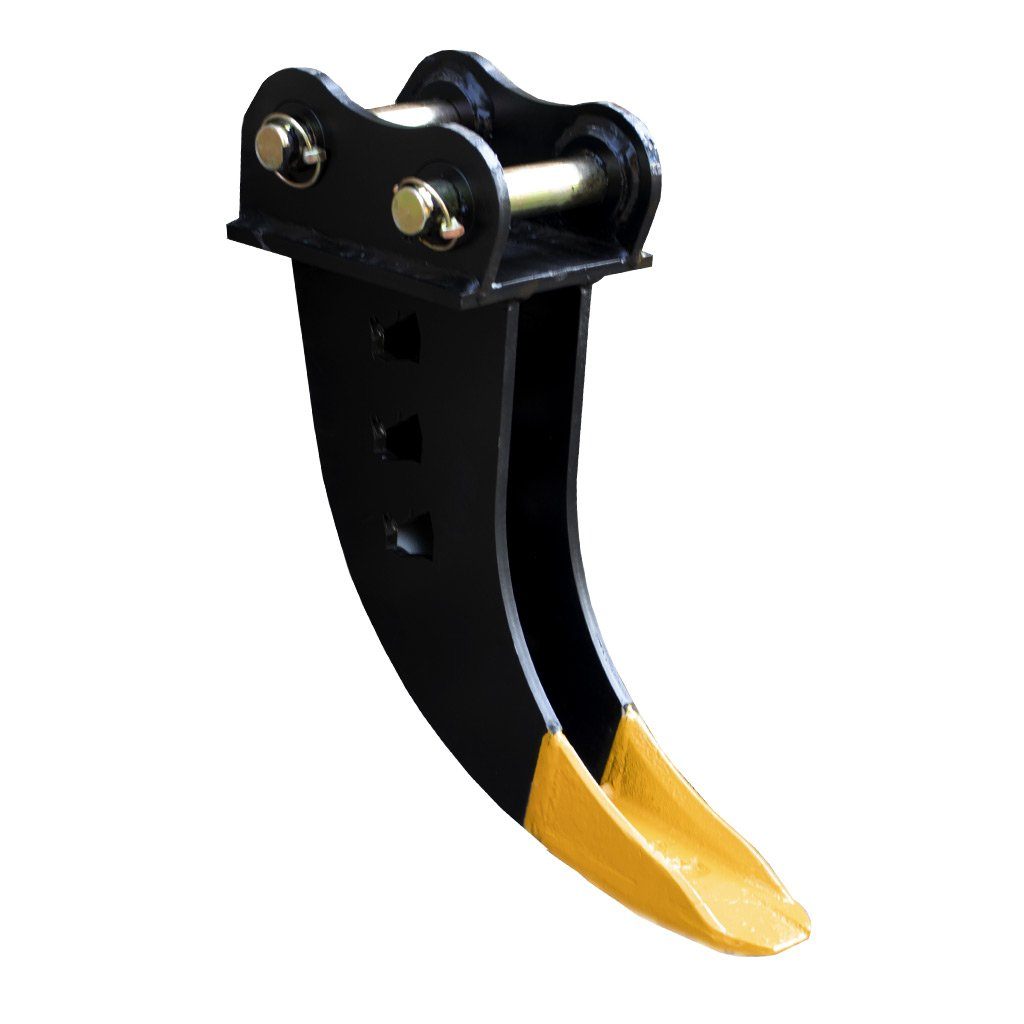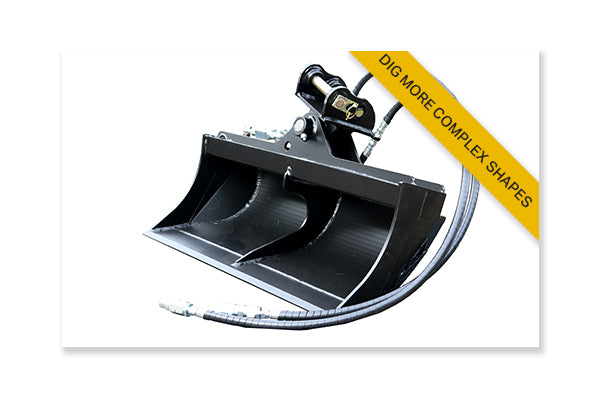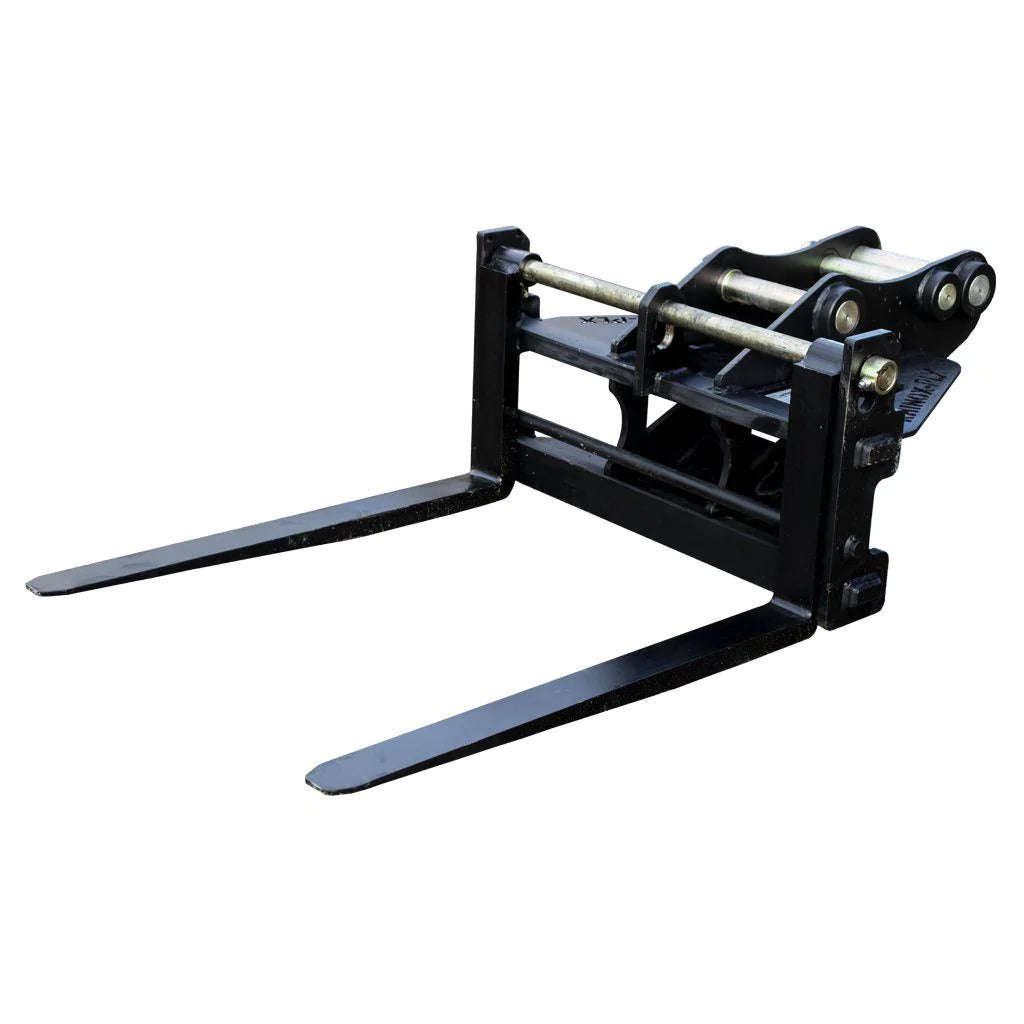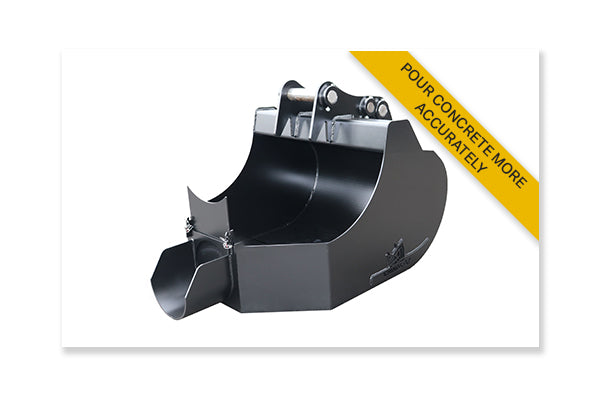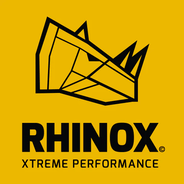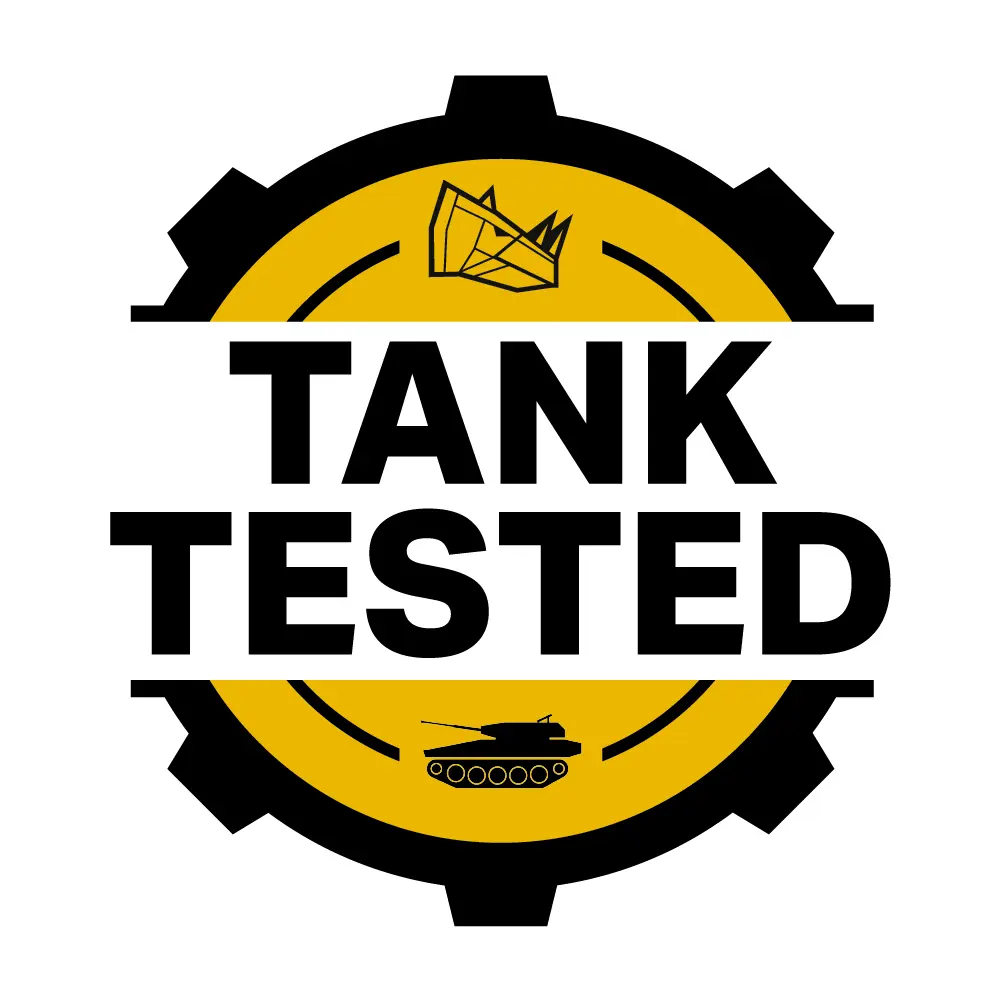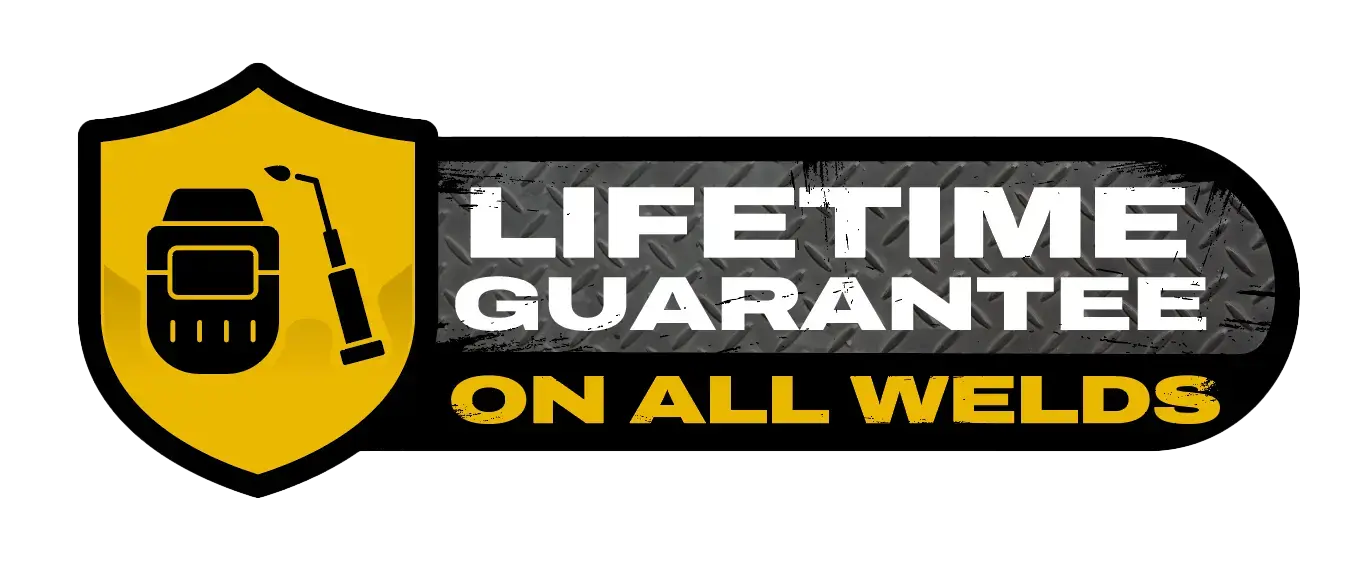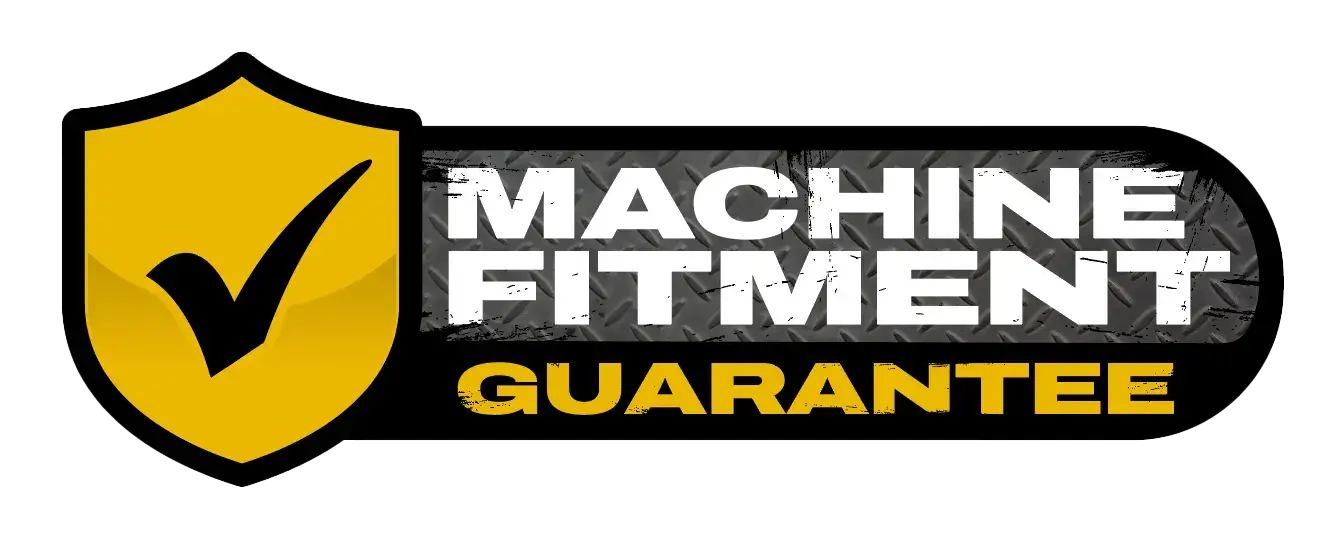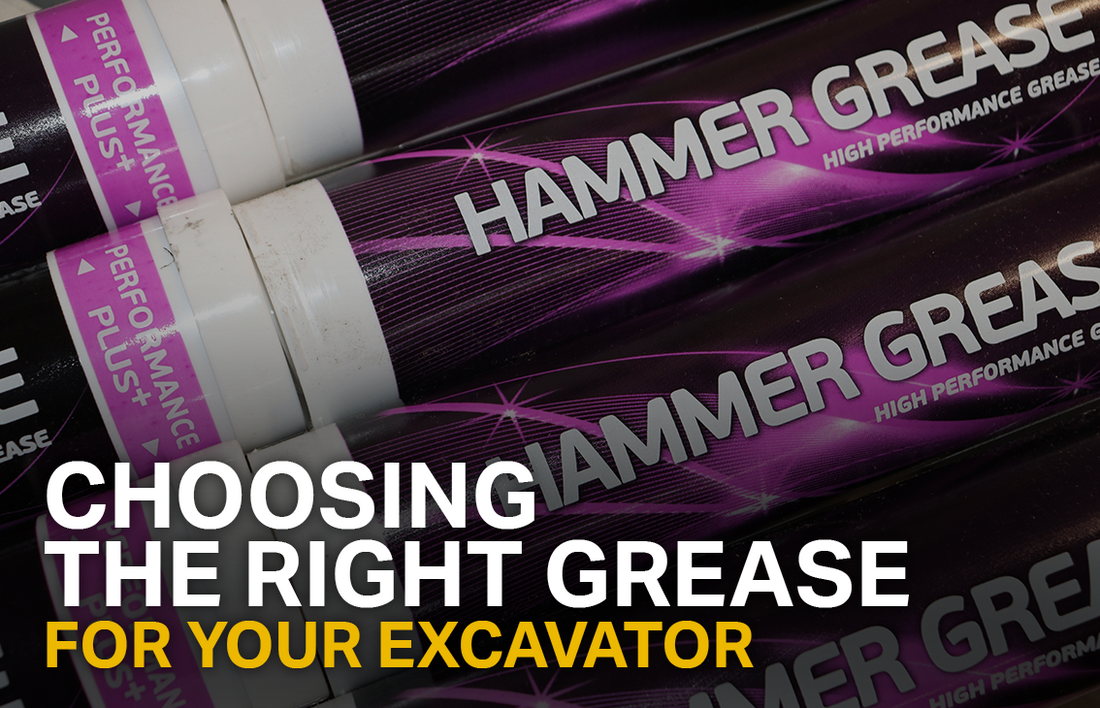
Choosing the Right Grease for Your Digger
Proper lubrication is essential for maintaining the performance, durability and efficiency of your excavator. With various moving parts subjected to high stress, extreme temperatures and harsh environments, selecting the right grease can make a significant difference in reducing wear and extending the lifespan of your equipment. From general-purpose greases to job-specific solutions, this guide explores the best options for different applications and operating conditions. Read on to discover which grease is best suited for your digger and how to ensure consistent lubrication for peak performance.
What are the different types of grease?
1. General-Purpose Grease
Lithium-based grease is a popular choice for most digger applications, particularly for lubricating bucket pins and bushes. It is a versatile option that performs well in a range of operating conditions, offering good resistance to wear and moderate temperatures. A common example is NLGI Grade 2 lithium grease, which is widely used across industries for everyday lubrication needs. Two of the most popular types of lithium grease are: Lithium EP2 General Purpose Grease and Red Lithium Complex Grease.

Lithium EP2 General Purpose Grease
- Type: Standard lithium-based grease with extreme pressure (EP) additives. Semi-soft texture, suitable for general applications.
- NLGI Grade: Typically Grade 2
Lithium EP2 Key Features:
- Operating Temperature Range: -20°C to 120°C (-4°F to 248°F). Suitable for moderate temperatures.
- Water Resistance: Moderate; can handle some moisture but is not ideal for very wet or submerged conditions.
- Load Capacity: Enhanced by extreme pressure additives, providing good protection for components under moderate to heavy loads.
- Applications: General-purpose lubrication; bearings, chassis and universal joints; low to medium speed and moderate load applications.
- Cost: More economical than lithium complex grease.
When to Use Lithium EP2:
- For light to medium-duty equipment.
- If operating temperatures and conditions are not extreme.

Red Lithium Complex Grease
- Type: Advanced lithium complex grease, often dyed red for identification.
- NLGI Grade: Typically Grade 2
Red Lithium Key Features:
- Operating Temperature Range: -30°C to 190°C (-22°F to 374°F), or higher in some formulations. Suitable for high-temperature and heavy-duty applications.
- Water Resistance: Good; performs well in harsh environments.
- Load Capacity: Superior to standard EP2 grease, especially under heavy loads or shock loads.
- Durability: Longer-lasting, making it more effective for reducing maintenance intervals.
- Applications: High-stress components, including pins, bushings and linkages; heavy-duty machinery like excavators, bulldozers and agricultural equipment; bearings operating at high speeds or under high loads.
- Cost: Generally more expensive than EP2 grease, but offers better performance in demanding environments.
When to Use Red Lithium:
- For heavy-duty applications or equipment exposed to extreme temperatures, water or shock loads.
- If you need extended maintenance intervals and extra durability.
Lithium EP2 Grease VS Red Lithium Complex Grease
| Feature | Lithium EP2 Grease | Red Lithium Complex Grease |
|---|---|---|
| Temperature Range | Moderate (-20°C to 120°C) | Wide (-30°C to 190°C or more) |
| Water Resistance | Moderate | Excellent |
| Load Capacity | Good | Superior |
| Durability | Standard | Long-lasting |
| Cost | Lower | Higher |
| Best For | Light to medium-duty, general-purpose | Heavy-duty, extreme conditions |
2. Heavy-Duty Grease
Heavy-Duty Molybdenum Disulphide Grease (Moly Grease) is a specialized lubricant designed for extreme-pressure and high-load applications. It derives its name from its key component, molybdenum disulphide (MoS₂), a solid lubricant that enhances its performance in demanding conditions. This grease is particularly effective in protecting equipment subjected to heavy stress, shock loads and extreme operating environments.

Molybdenum Disulphide Grease (Moly Grease)
- Type: Grease with molybdenum disulphide (MoS₂), designed for extreme-pressure applications. Thicker texture, high viscosity.
- NLGI Grade: Typically Grade 2
Moly Grease Key Features:
- Operating Temperature Range: -20°C to 150°C (-4°F to 302°F), with some formulations capable of handling even higher temperatures. Suitable for a wide range of operating conditions, including high-temperature environments.
- Water Resistance: Moderate to good; capable of withstanding some moisture, though not ideal for fully submerged conditions.
- Load Capacity: Exceptional, due to the inclusion of molybdenum disulphide particles that create a protective layer on metal surfaces. Ideal for equipment subjected to heavy loads and shock impacts.
- Durability: Highly resistant to displacement under pressure or vibration, ensuring longer-lasting lubrication and reduced maintenance intervals. Features anti-seizing properties to prevent seizing of metal surfaces under extreme stress.
- Applications: High-stress areas such as pivot pins, bushings, booms and stick arms in heavy machinery. Construction and mining equipment, including excavators, bulldozers and loaders. Automotive components like ball joints, U-joints, and CV joints.
- Cost: Generally more expensive than standard greases, but the added protection and performance make it a cost-effective choice for heavy-duty applications.
When to Use Moly Grease:
- In high-load, high-pressure environments where components are subjected to heavy stress or shock loads.
- For equipment operating in harsh conditions, such as dirt, water or extreme temperatures.
- When extended maintenance intervals and superior durability are required.
3. Water-Resistant Grease
For diggers operating in wet or muddy environments, marine grease - commonly a calcium-based, water-resistant grease - is an excellent choice. Its ability to repel water and protect against corrosion ensures the durability and longevity of equipment in challenging conditions.

Marine Grease
- Type: Multi-purpose calcium-based grease, often green in colour. Tacky, high-viscous texture.
- NLGI Grade: Typically Grade 2
Marine Grease Key Features:
- Operating Temperature Range: -20°C to 130°C (-4°F to 266°F), depending on the formulation. Suitable for moderate temperature environments.
- Water Resistance: Exceptional ability to repel water, making it ideal for use in wet, muddy or submerged conditions. Prevents water from displacing the grease and ensures consistent lubrication.
- Load Capacity: Good for moderate to heavy-duty applications, ensuring effective lubrication in challenging wet environments.
- Durability: Offers strong adhesion, sticking firmly to surfaces and resisting washout even under high-pressure water exposure or heavy rainfall. Features corrosion protection which forms a protective barrier on metal surfaces to guard against rust and corrosion caused by moisture and salt.
- Applications: Diggers, excavators and other heavy equipment used in wet or muddy environments. Marine equipment, such as boat trailers, wheel bearings and other components exposed to saltwater.
- Cost: Slightly more expensive than general purpose greases due to its water-resistant properties, but cost-effective for environments with significant moisture exposure.
When to Use Marine Grease:
- For equipment operating in wet or submerged environments, such as construction sites with muddy conditions or marine settings.
- When protection against corrosion, rust and water washout is critical.
- To ensure extended maintenance intervals and reliable performance in moisture-prone areas.
4. Extreme Temperature Grease
For diggers operating in extreme heat or cold, extreme temperature grease is essential for durability and longevity. Synthetic grease with a high-temperature tolerance is ideal for hot climates or heavy-duty operations. It also resists breakdown and remains pliable in freezing temperatures, making it a reliable choice for equipment subjected to significant thermal challenges.

Extreme Temperature Grease
- Type: Synthetic fluorinated oil based grease, using a PTFE thickener, designed for extreme hot and cold conditions.
- NLGI Grade: Typically Grade 2
Extreme Temperature Grease Key Features:
- Operating Temperature Range: 40°C to 260°C (-40°F to 500°F) or higher, depending on the formulation. Specifically designed to maintain effective lubrication under extreme heat and cold.
- Water Resistance: Moderate; while not specifically designed for water-heavy environments, it can handle incidental moisture without compromising performance.
- Load Capacity: Excellent, with extreme pressure (EP) additives that provide protection against wear, even under high stress and extreme thermal conditions.
- Durability: Features high thermal stability, with synthetic formulations resisting oxidation and breakdown at elevated temperatures, ensuring longer-lasting lubrication in demanding environments.
- Applications: Construction equipment, such as diggers and excavators, operating in extreme climates or generating high frictional heat. Bearings, bushings and linkages exposed to intense heat or freezing temperatures. Industrial machinery used in high-heat applications, such as furnaces or heavy-duty processing plants.
- Cost: Typically more expensive than general-purpose greases, but its performance in extreme temperatures justifies the investment for critical applications.
When to Use Extreme Temperature Grease:
- For equipment operating in high-temperature environments, such as hot climates, heavy-duty operations or areas with intense heat build-up.
- In cold environments where conventional grease may harden and fail to provide adequate lubrication.
- To reduce maintenance intervals and ensure equipment longevity in extreme conditions.
What is the best type of grease for excavators?
The best grease for every-day excavator maintenance depends on your application and operating conditions. For general operating, Lithium EP2 General Purpose Grease is a popular choice in the plant industry due to its affordability and reliable lubrication, making it suitable for excavators, telehandlers and construction equipment. However, for more demanding operating conditions, Red Lithium Complex Grease is highly recommended. This premium grease offers extended lubrication intervals, excellent oxidation stability and superior performance under high temperatures and extreme loads, outperforming standard greases by up to 80%.
While general purpose grease performs well for everyday machine maintenance, job-specific greases can offer superior protection for specialised maintenance, like maintaining your bucket pins and bushes. Pin and Bush Grease is a heavy-duty grease made with graphite which fills any surface damage and helps to distribute the load evenly preventing further wear to your pins and bushes. Pin and bush grease can be used on your mini digger or excavator. Moly greases are one of the greases that are commonly used for pin and bushes but moly grease works by only coating the surfaces of the metal one molecule thick. The combination of lubricating solids within the pin and bush grease allows the materials to stack on top of themselves, giving a strong but slippery surface allowing free movement. This reduces friction and significantly extends your component lifespan. Pin and bush grease is also fully water-resistant, it protects against corrosion and ensures lasting lubrication.

Another specialised excavator grease is Hammer Grease. Hammer grease is specifically designed for use on rock breakers, from small hand-held power chisels to large excavator hydraulic hammers used in construction, road repair, quarrying and demolition. Hammer grease is formulated with a blend of semi-synthetic base oils, a high-temperature thickener and a high level of graphite to extend lubrication periods. Hammer grease offers key benefits over standard greases, including high water resistance, shock-load resistance and effective sealing in dusty conditions.
Frequently Asked Questions about Excavator Grease

How often should you grease an excavator?
A general guideline is to grease critical components such as pins, bushings and pivot points daily or every 8-10 hours of operation to ensure smooth functioning and prevent excessive wear. Focusing on the pivot pins and areas exposed to dirt is essential, as regular greasing is crucial to prevent excessive wear and tear on your moving parts. Operators should check fluid levels, examine connections and ensure excavator attachments are well greased every day. As well as, grease the excavator's slew-ring bearing and check the track tension and drive belt every week. If operating in particularly harsh conditions or with heavy usage, you might need to grease more frequently. We would always recommend to refer to your specific excavator's manual for the exact grease points and recommended frequency. Tip: Apply grease until it starts to come out of the grease nipple.
What happens if you don't grease an excavator?
Failing to grease your machine adequately, or neglecting it altogether, can cause your moving parts to wear out faster, leading to premature failures and expensive, repetitive repairs. Insufficient greasing can also result in overheating, corrosion and increased friction between the excavator components, all of which negatively impact your performance and productivity during operation.
Should you grease excavator tracks?
Yes, you should grease excavator tracks, specifically the track tension adjuster to maintain proper track tension and prevent unnecessary wear or damage. Greasing the track adjuster ensures the tracks are neither too loose (which can cause derailing or increased wear) nor too tight (which can put excessive strain on components). In extremely muddy or abrasive environments, you should inspect and adjust the track tension more frequently, as debris can affect track performance. You should check the track tension daily or at the start of every work shift.
